by Mark Schniepp
June 2018
Student Loan Debt has Soared

With over $1.5 trillion in loans outstanding, student debt is now the second-largest source of household debt (after mortgage debt) and is the only form of consumer debt that continued to grow during the aftermath of the Great Recession.
The principal concern over the last few years has been the shear volume of student loan debt and the speed at which it is rising over time.
Per graduating student, debt loads are non trivial, and are now at their highest levels ever measured. The average student loan burden for Class of 2017 graduates was $39,400, up 6 percent from the previous year. More than 44 million Americans today carry some student loan debt.
Tuition costs have soared at colleges and universities. Between 1997 and 2017, in-state tuition at public universities jumped nearly 240 percent. During this same period, consumer price inflation increased 53 percent. Consequently, the cost of college and university tuition outpaced the general price level by 5 times.
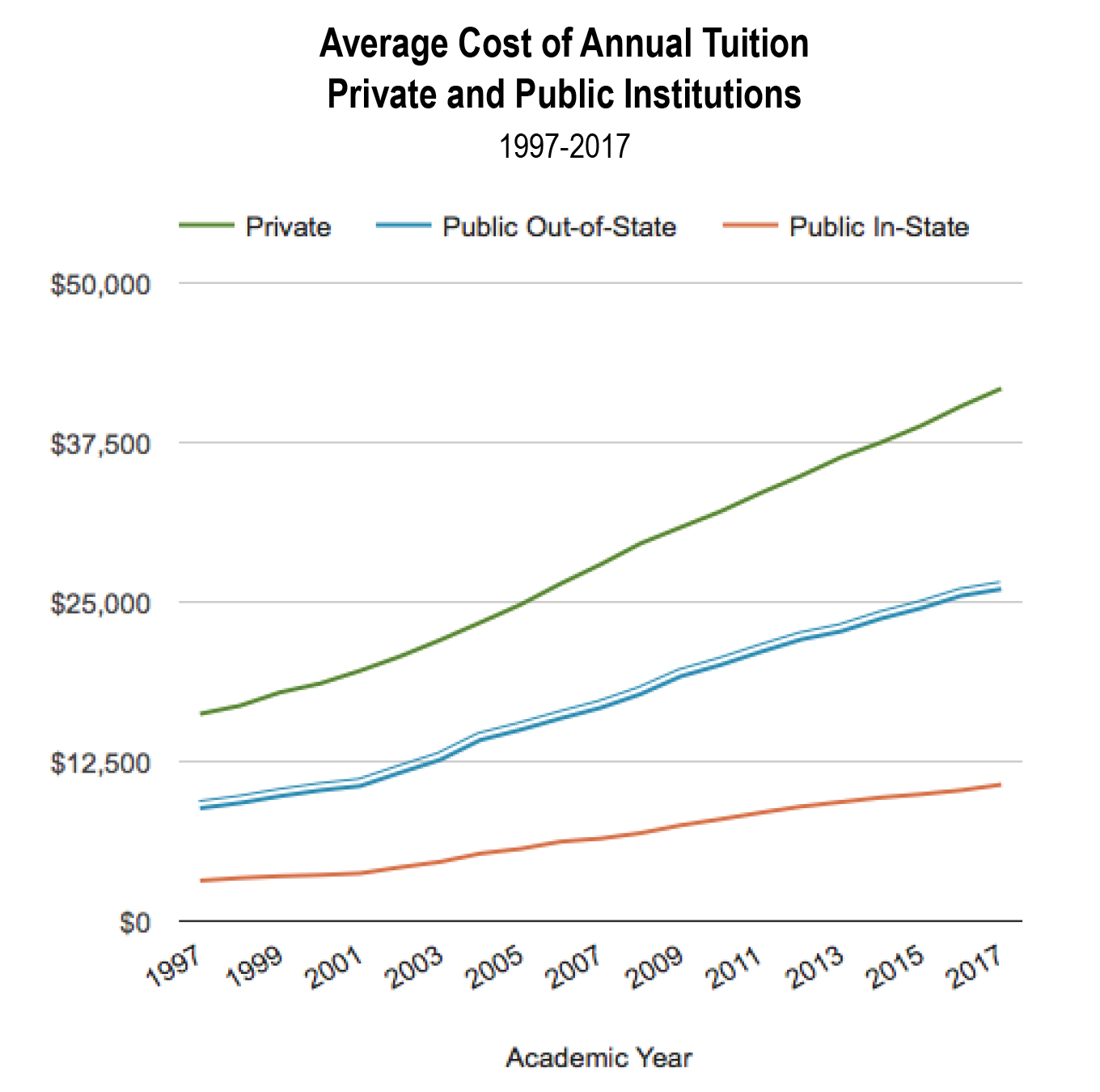
And relative to expected income, tuition has increased to between 25 and 40 percent of an adult’s median household income. Back in 1970, annual tuition represented between 7 and 20 percent of the annual median household income. The result is that student graduates owe a far greater amount today relative to their current and future incomes than the baby boomer generation who graduated from colleges in the 1970s and 1980s.
Student loan payments average $351 per month for those who carry debt. If your starting salary after graduating from a 4 year university is $60,000 per year, those debt payments represent 9 percent of your monthly take-home income. Clearly, graduates earning less have a higher loan payback percentage of income, and this diverts household spending from private sector goods and services to federal loan repayment, an area of expenditure with a much lower, if any, economic multiplier.
Interest rates on new student loans currently range from 5.05 to 7.6 percent.1 This makes student loans more expensive than paying a mortgage. And this is especially true for graduate students (and parents) who face the highest rates from Sallie Mae. Freshly minted lawyers and doctors can have student loan debt of $200,000 to $500,000, which is often larger than a mortgage.
National University Rankings by Cost of Annual Tuition
| School | 2018 Tuition | 2018 Enrollment | 2017-2018 Acceptance Rate |
|---|---|---|---|
| Columbia University (New York) | $57,208 | 25,084 | 5% |
| University of Chicago (Chicago) | $54,825 | 13,322 | 8% |
| Tufts University (Medford, MA) | $54,318 | 11,489 | 14% |
| USC (Los Angeles) | $54,259 | 43,871 | 17% |
| Carnegie Mellon (Pittsburgh) | $53,910 | 13,391 | 22% |
| Duke (Durham, NC) | $53,744 | 15,928 | 11% |
| UPenn (Philadelphia) | $53,534 | 21,826 | 9% |
| Boston College (Chestnut Hill, MA) | $53,346 | 13,851 | 31% |
| Cornell (Ithaca, NY) | $52,853 | 22,319 | 14% |
| Georgetown (DC) | $52,300 | 18,525 | 17% |
| Source: US News, Best Colleges, 2018 National Rankings |
The size of student loan debt and its growth over time has previously been the focus of attention, but now a growing concern is the default rate among borrowers.
Delinquency
New data show that delinquency rates on student loans may be going as high as 40 percent of borrowers by the year 2023. The default rate is already higher than anticipated for the particular student cohorts studied, so the federal government should be bracing for substantial non payment of debt.
Currently 58.5 percent of all direct student loans are in repayment, and 41.5 percent are not. Regarding those that are not, 23 percent are in deferment or forbearance, meaning the repayment is temporarily suspended with or without interest, on the request of the borrower. Five percent are still in the grace period and 15 percent are in default.
When a borrower defaults, he or she simply fails to pay interest or principal on a loan when due. So if the loan is federally insured, as most loans were up to mid-2010, then the Federal Government is on the hook. It’s the same thing as when the U.S. loans a few billion dollars to the Cayman Islands and they don’t pay it back. In fact, as of 2017, the Caymans owed the U.S. $302 billion. Canada owes the U.S. $380 billion. Neither of these countries is likely to default however, but countries have in the past like Mexico in 1994 and Argentina in 2001. And we can’t trace these defaults to an impact on our economy.
Can students merely declare bankruptcy to avert paying back the loan? No. Student loan debt is virtually inescapable and is precluded from debts that are dischargeable in the U.S. bankruptcy code.
Consequently, there are increasing stories online reporting how debt strapped former students are fleeing the country and hiding out from Sallie Mae and collection agencies.
Sallie Mae is the nation’s largest originator of federally insured student loans. It was formerly a GSE, but it is now entirely independent from the federal government.2
Is the Potential Flood of Defaulting Student Loans Another Looming Financial Crisis?
1. First, the Basics
Our lending systems generally work efficiently and borrowers don’t default on debt because lenders won’t make too many high risk loans. System risk rises when lenders extend unwarranted credit. This occurred during the housing bubble days of 2004-2007 when easy credit gave rise to massive home buying pushing selling values to record levels.
A bubble “pops” when prices correct to more accurately represent the intrinsic value of the asset. Clearly, home prices towards and at the peak exceeded the true value of those homes. Prices corrected, borrowers owed more than the home was worth, and there were unprecedented numbers of defaults and lender bankruptcies. Loans ultimately became restricted and this slowed down the economy because businesses had difficulty obtaining capital needed to grow, invest, and hire.
2. Student Loans
Is the current student loan debacle a bubble? And if so, when will it burst?
I’ll address this in the upcoming July newsletter.
———————
1 https://www.credible.com/blog/refinance-student-loans/what-are-average-student-loan-interest-rates/
2 A GSE is a government-sponsored enterprise, or a financial services corporation created by Congress to enhance the flow of credit to particular economic activities such as agriculture, home finance, and education.
The California Economic Forecast is an economic consulting firm that produces commentary and analysis on the U.S. and California economies. The firm specializes in economic forecasts and economic impact studies, and is available to make timely, compelling, informative and entertaining economic presentations to large or small groups.




 the tightness of the labor market. This is disappointing for workers but it will keep the Fed on track for three rate hikes this year because inflation remains predictably in check. It’s likely that stock market volatility will also subside, at least for the meantime.
the tightness of the labor market. This is disappointing for workers but it will keep the Fed on track for three rate hikes this year because inflation remains predictably in check. It’s likely that stock market volatility will also subside, at least for the meantime. Consumer confidence remains near its highest level in a generation. The present economic climate is rated consistently more favorably while economic expectations remain strong.
Consumer confidence remains near its highest level in a generation. The present economic climate is rated consistently more favorably while economic expectations remain strong.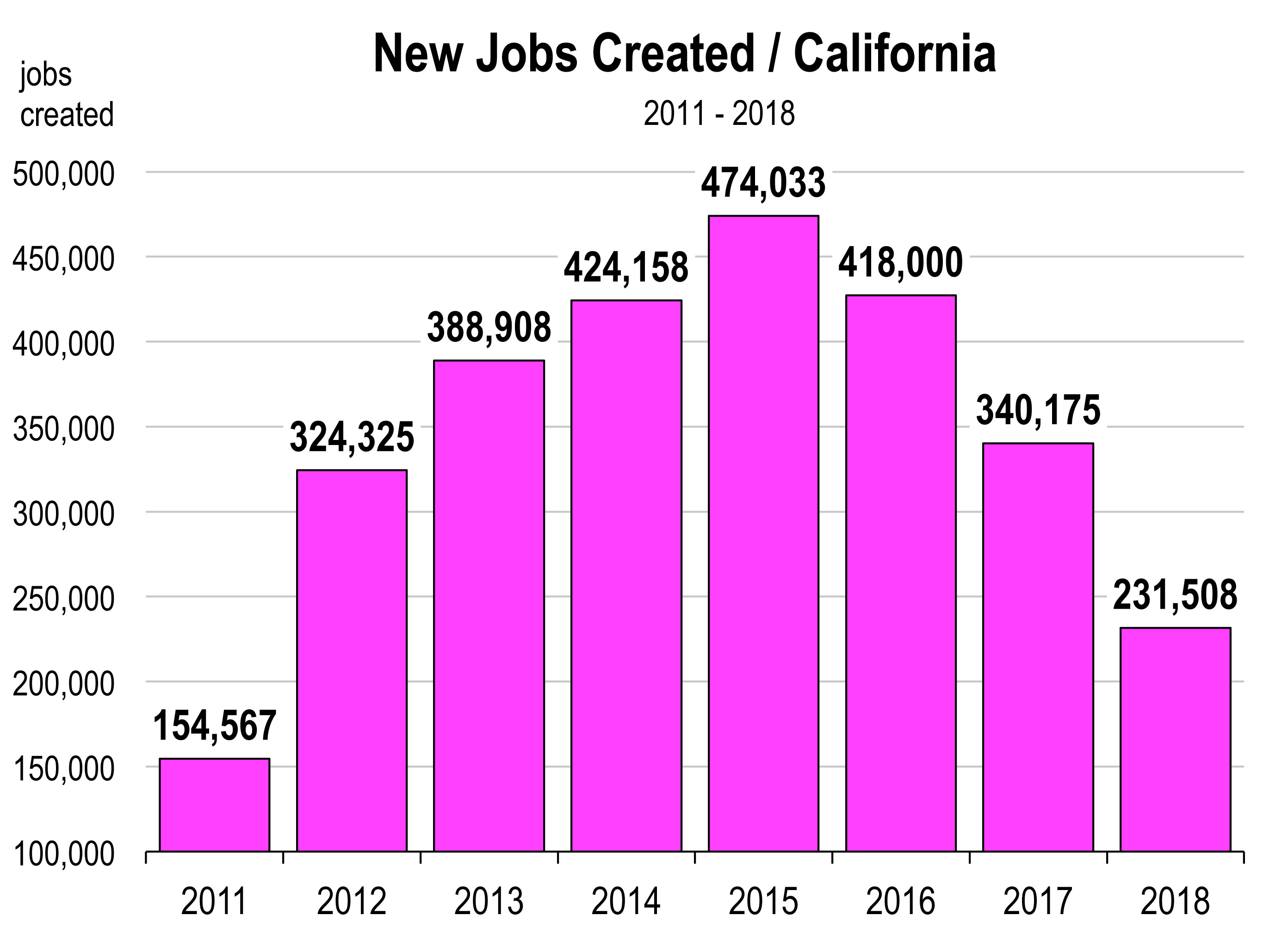
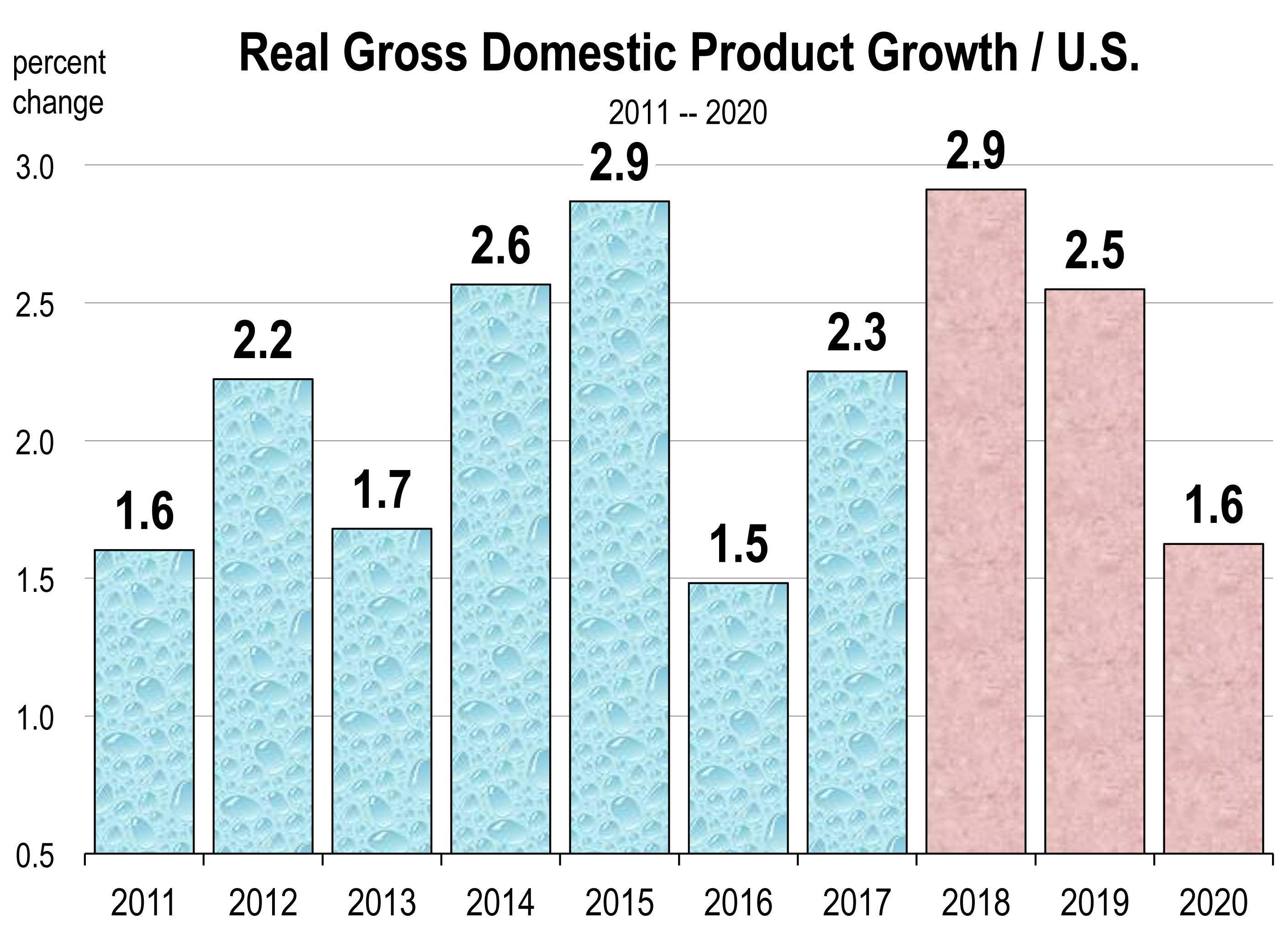
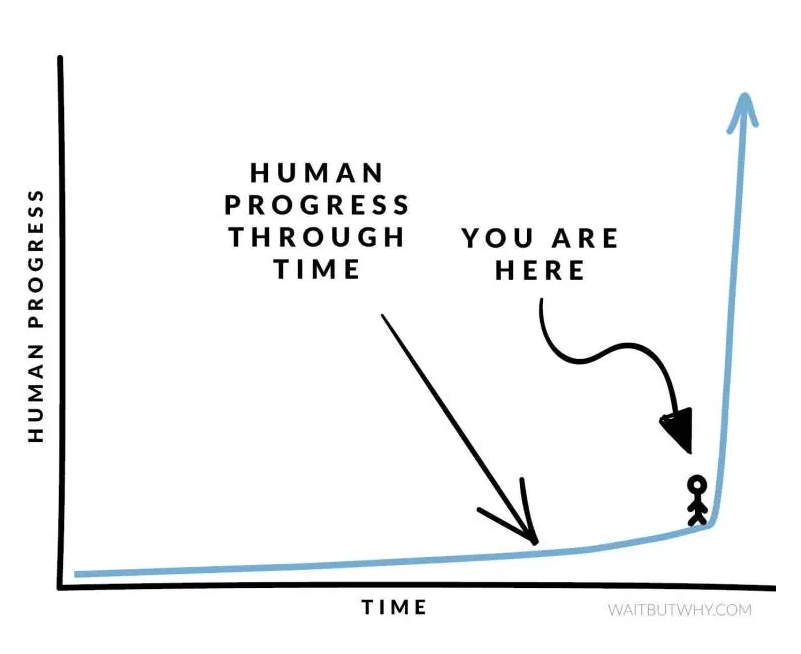
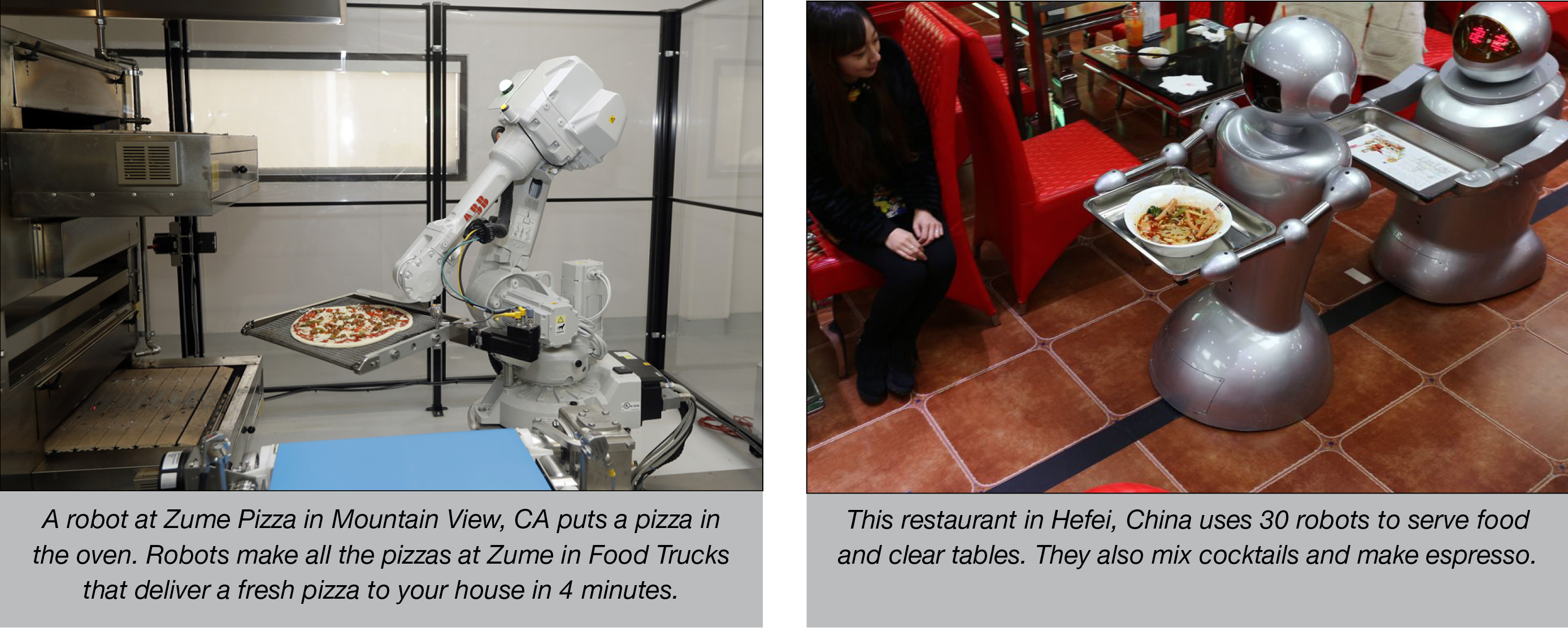
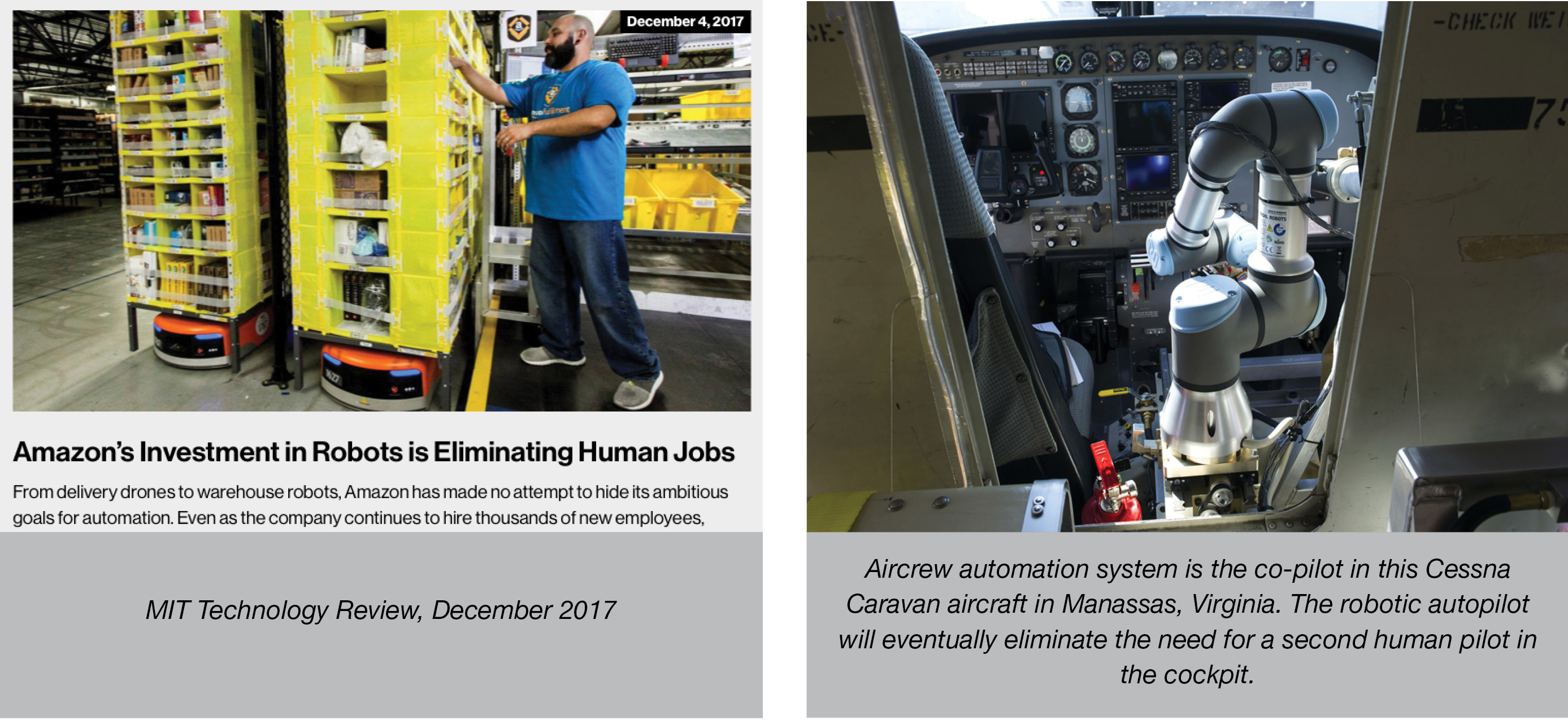


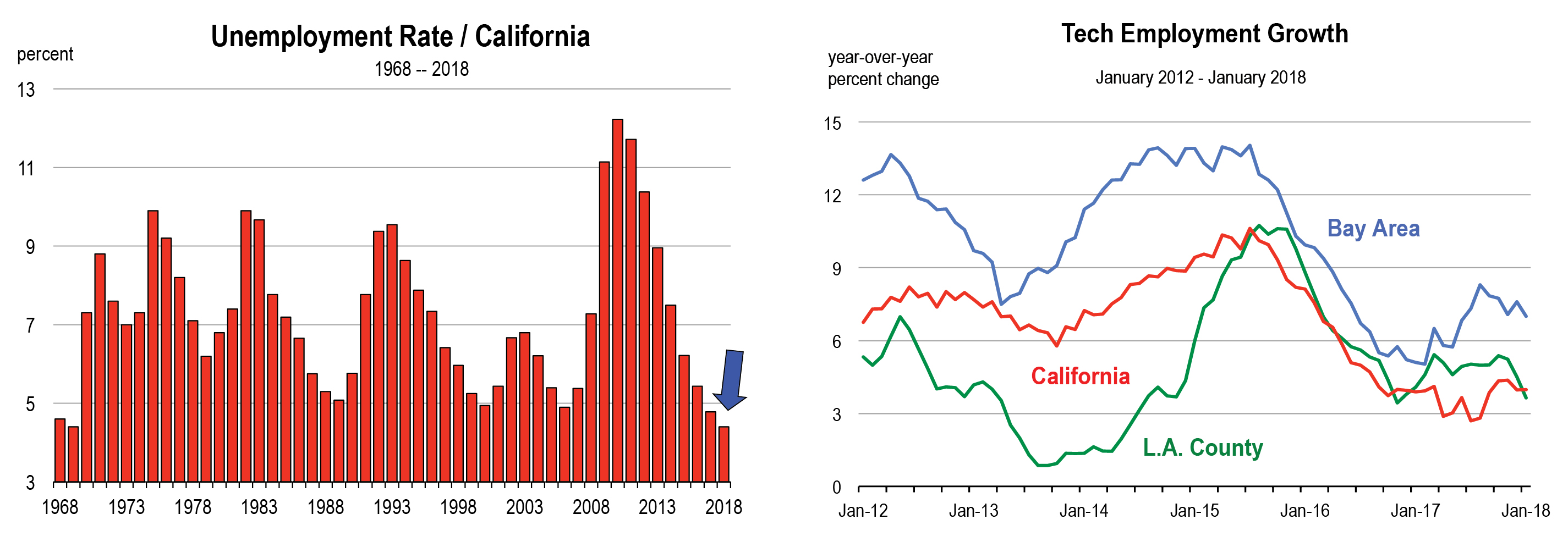
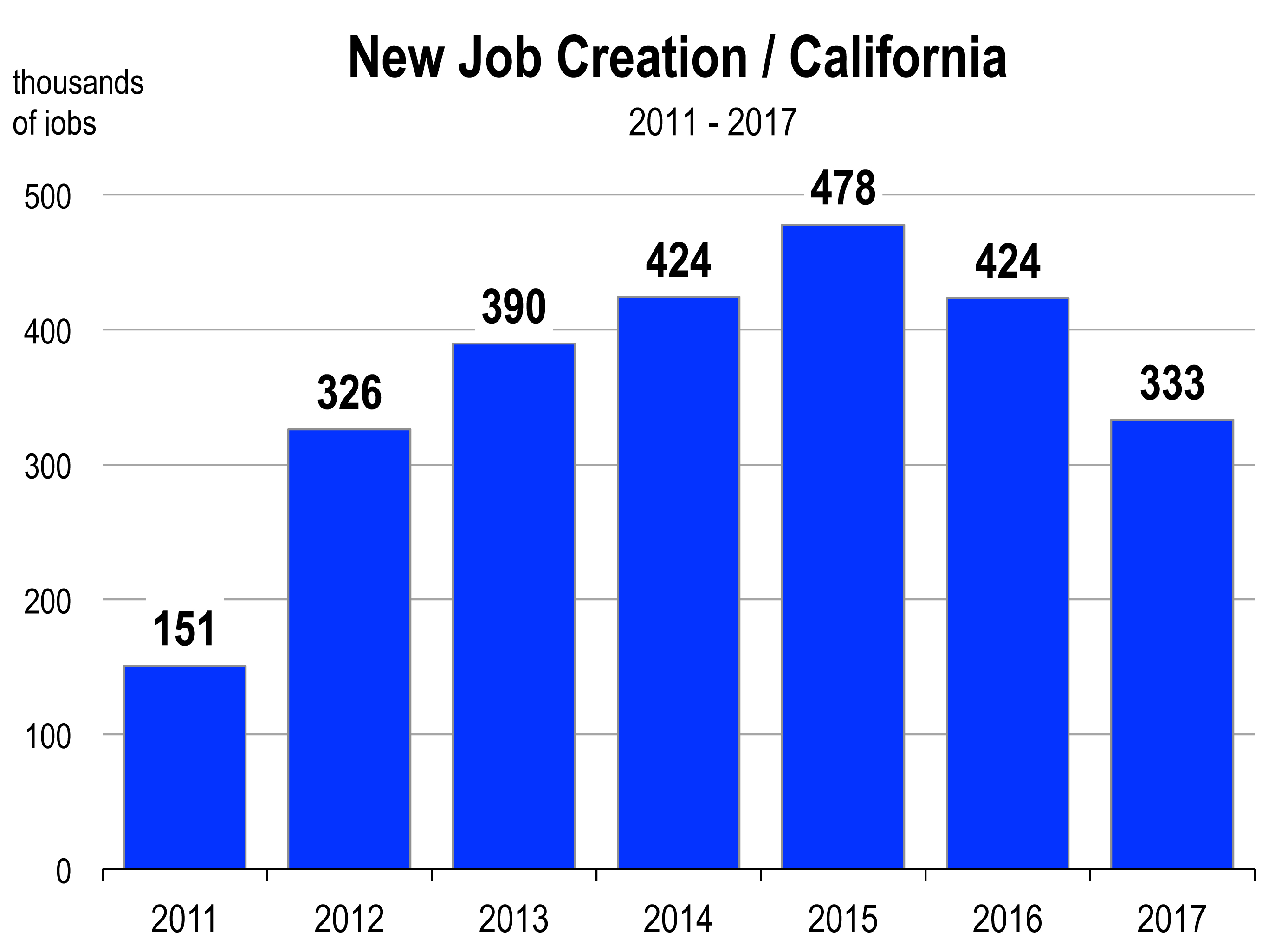

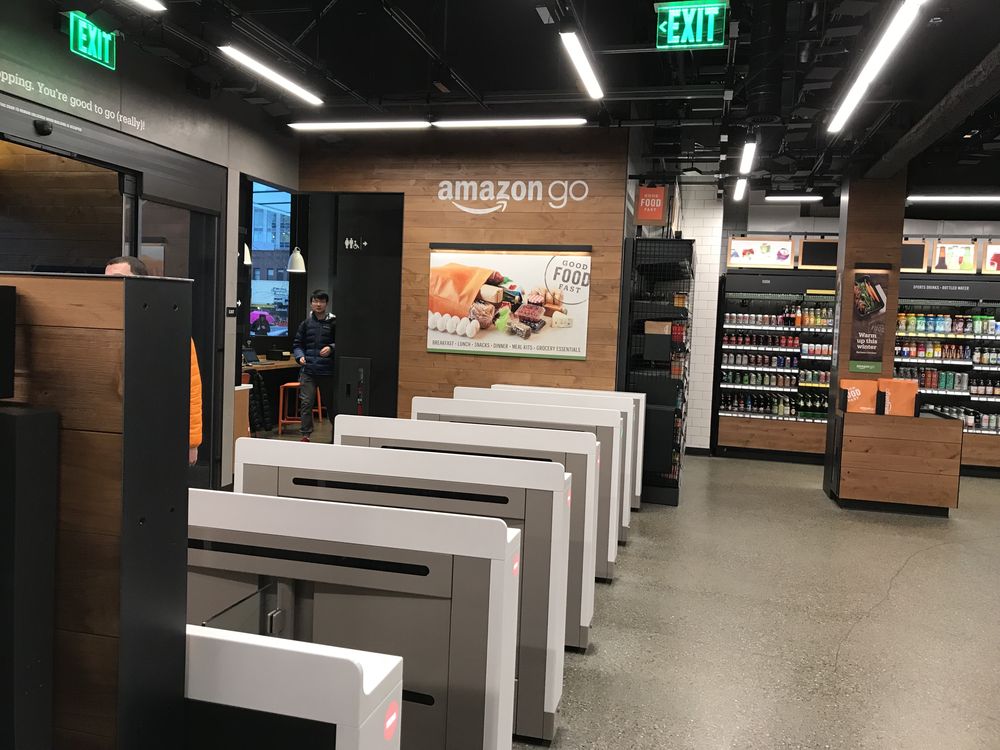 In late January, the first Amazon Go opened in Seattle. The convenience food store allows shoppers to scan their phone upon entrance, grab whatever items they want off the store shelves, and automatically get charged after exiting the store without needing to stop at a register. In fact, there are no registers and the only employees in the store are those that prepare fresh food, check IDs for beer and wine, and stock the shelves with merchandise.
In late January, the first Amazon Go opened in Seattle. The convenience food store allows shoppers to scan their phone upon entrance, grab whatever items they want off the store shelves, and automatically get charged after exiting the store without needing to stop at a register. In fact, there are no registers and the only employees in the store are those that prepare fresh food, check IDs for beer and wine, and stock the shelves with merchandise.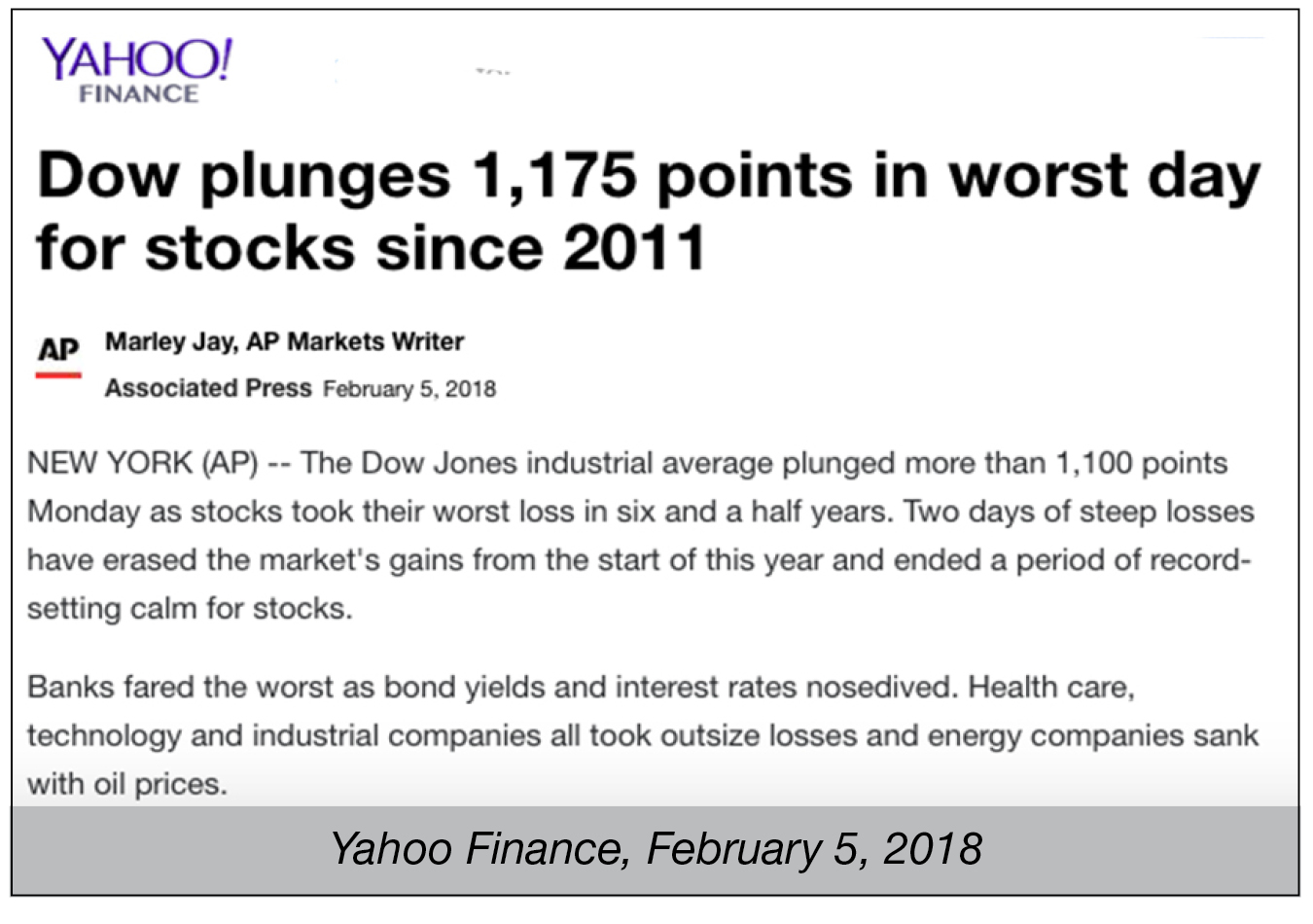
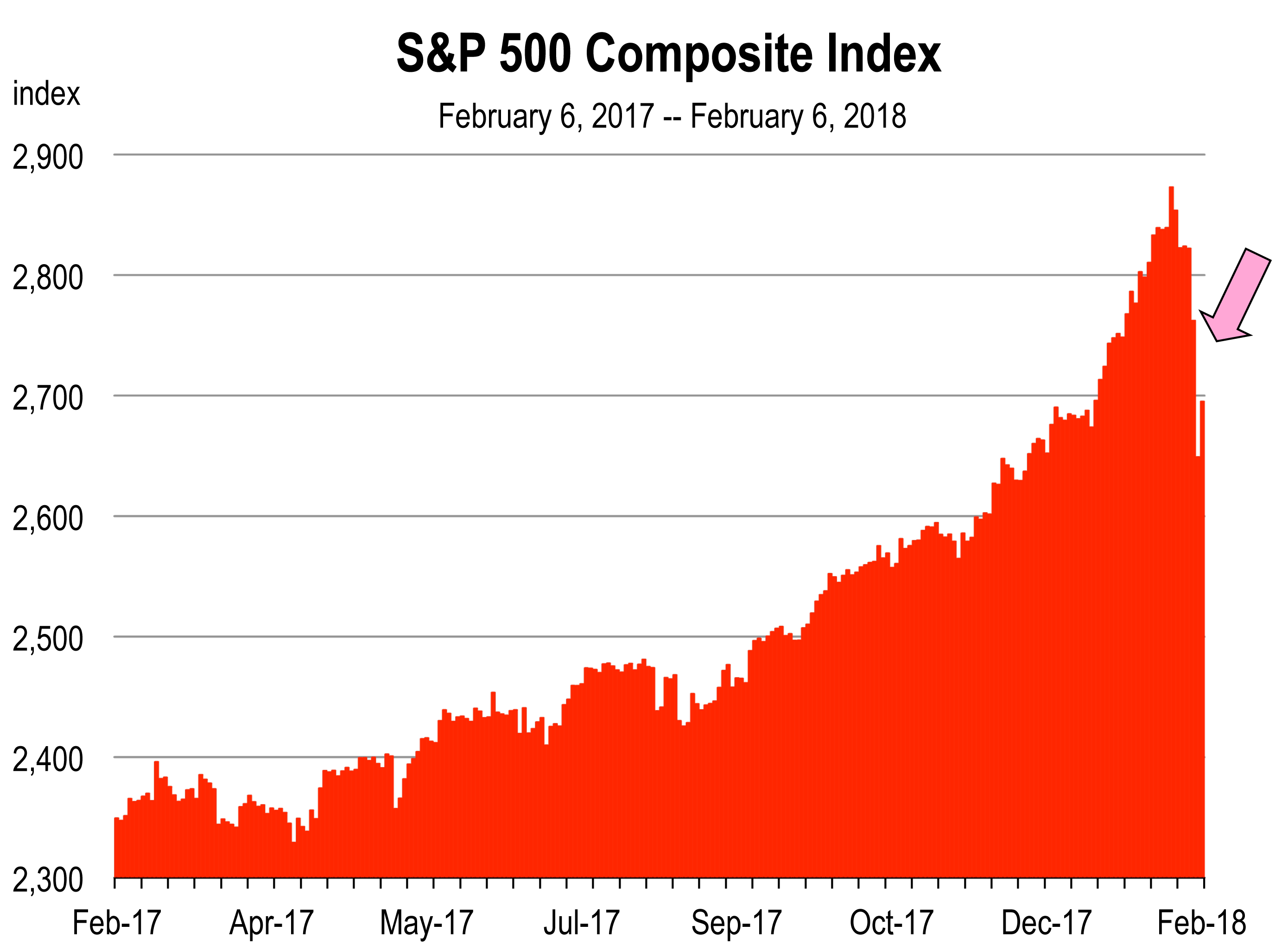 The probability of recession is unbelievably low and business confidence around the world remains surprisingly strong. Just because the financial markets are going through a correction doesn’t mean that economic momentum has changed.
The probability of recession is unbelievably low and business confidence around the world remains surprisingly strong. Just because the financial markets are going through a correction doesn’t mean that economic momentum has changed.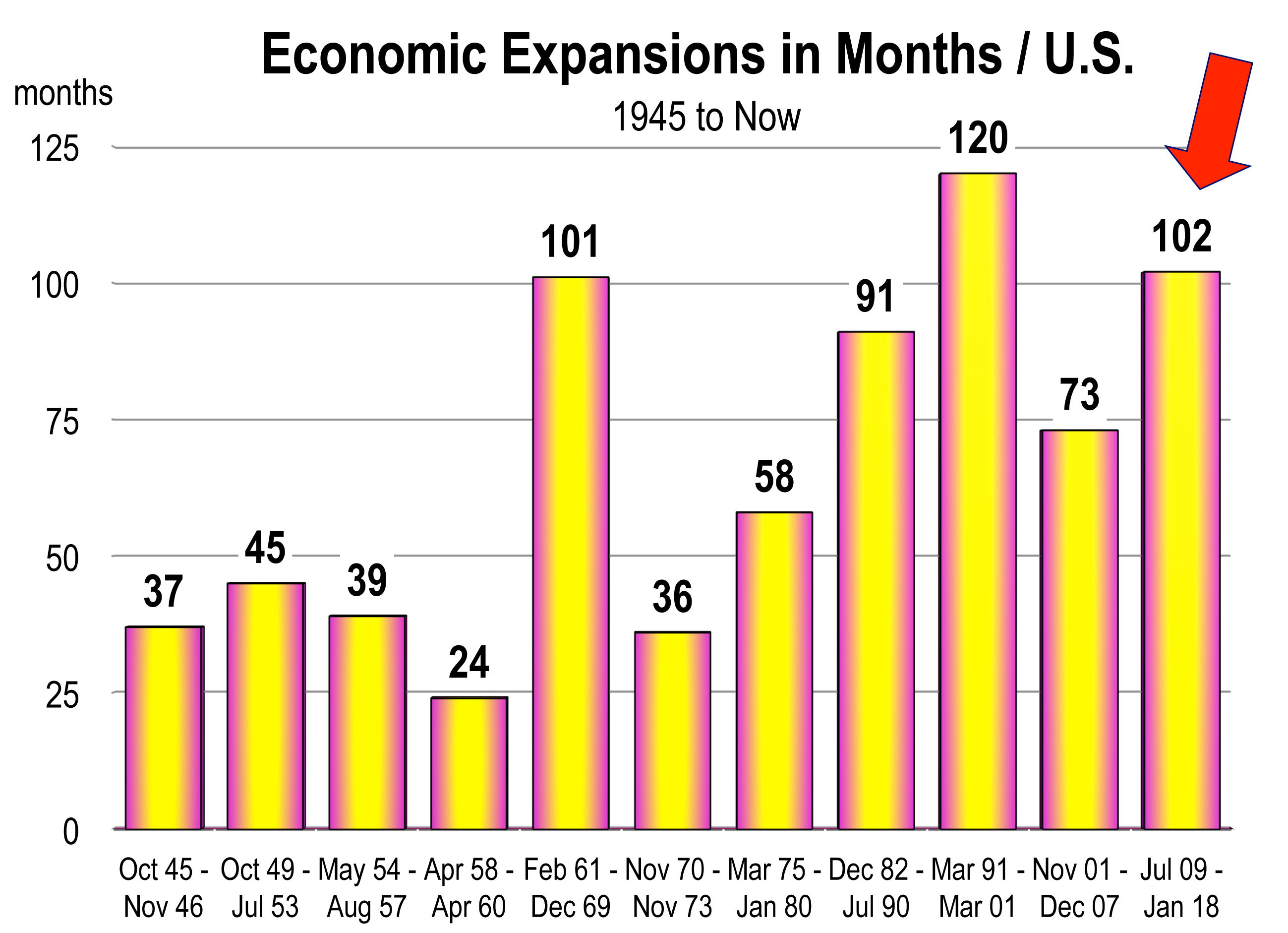
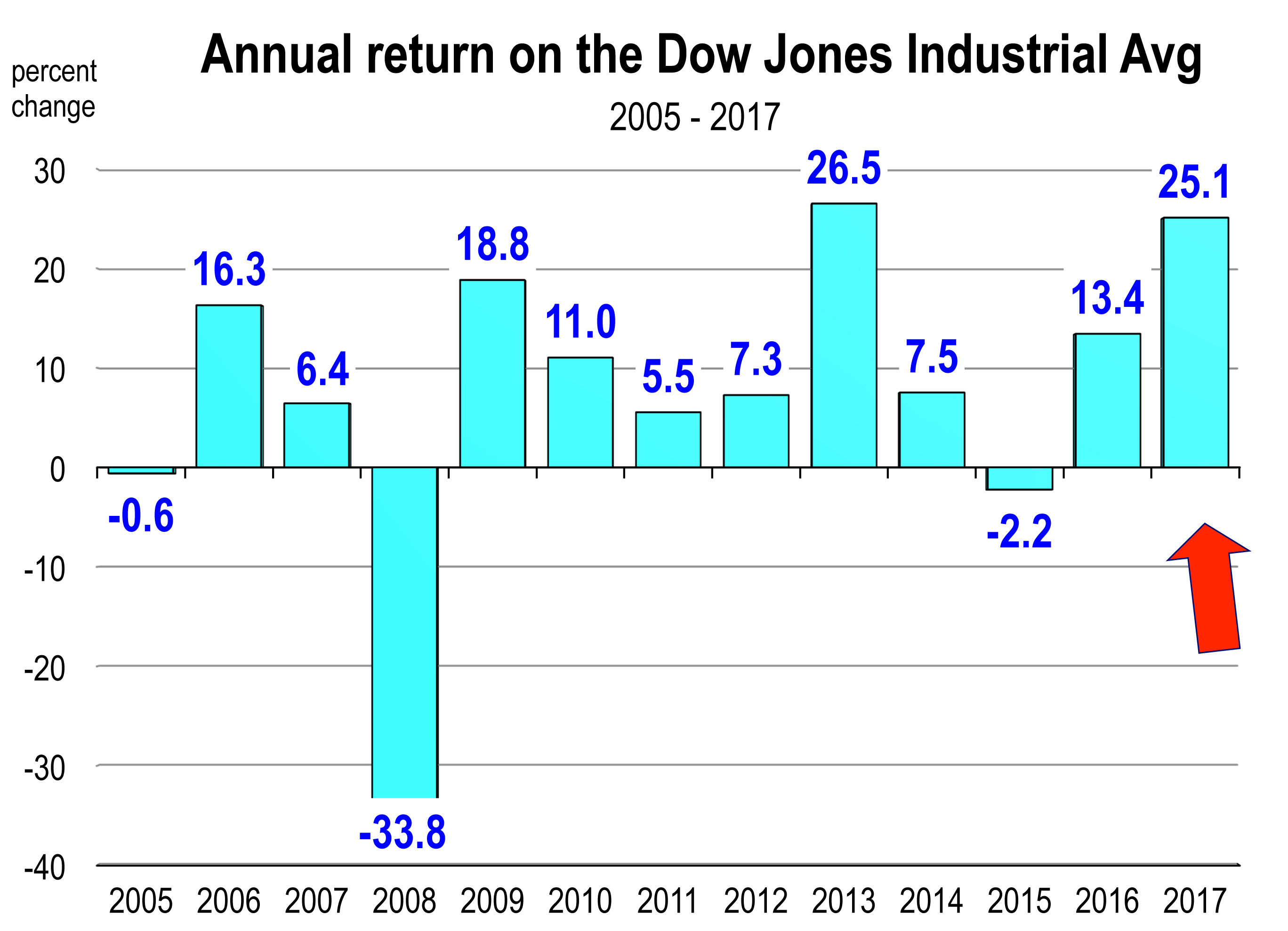 However, real estate is more highly dependent on local factors. Creation of higher paying jobs, for example, are lacking in certain parts of the nation. And though homes are much less affordable in California and other coastal hotbeds, there remains strong demand for higher paying positions, particularly in the technology sectors. The state continues to attract population from other states and abroad. Furthermore, there’s all those millennials living with parents. Are they ready to move out yet?
However, real estate is more highly dependent on local factors. Creation of higher paying jobs, for example, are lacking in certain parts of the nation. And though homes are much less affordable in California and other coastal hotbeds, there remains strong demand for higher paying positions, particularly in the technology sectors. The state continues to attract population from other states and abroad. Furthermore, there’s all those millennials living with parents. Are they ready to move out yet?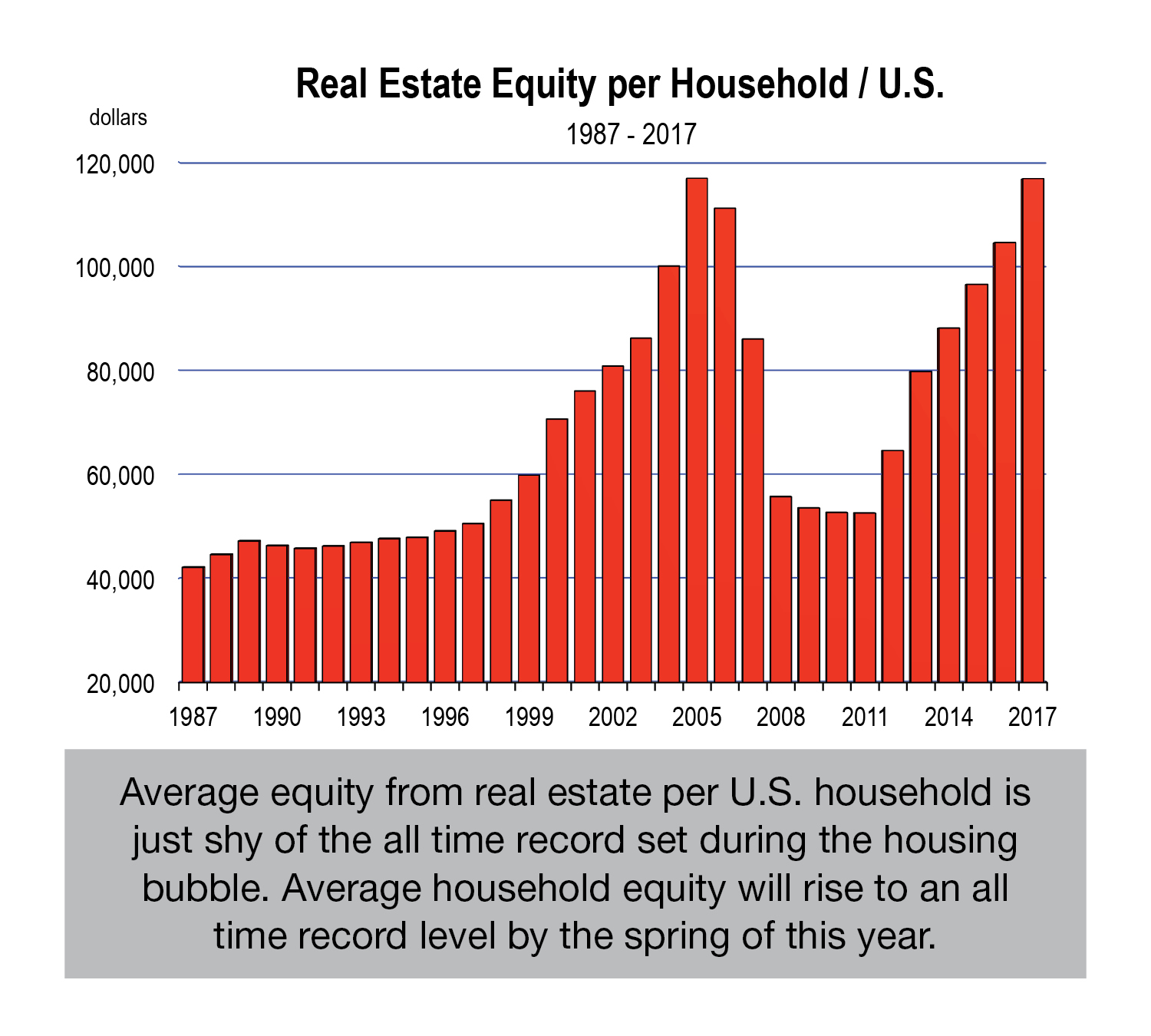

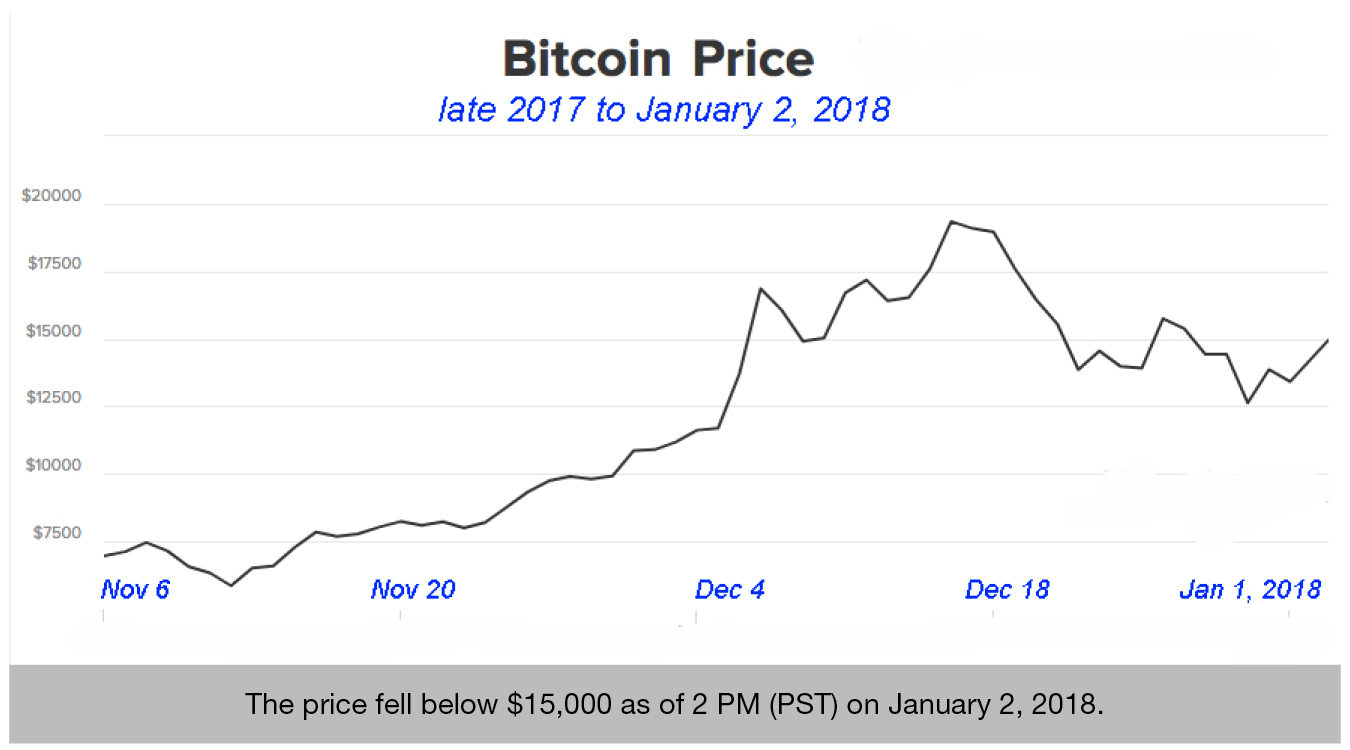


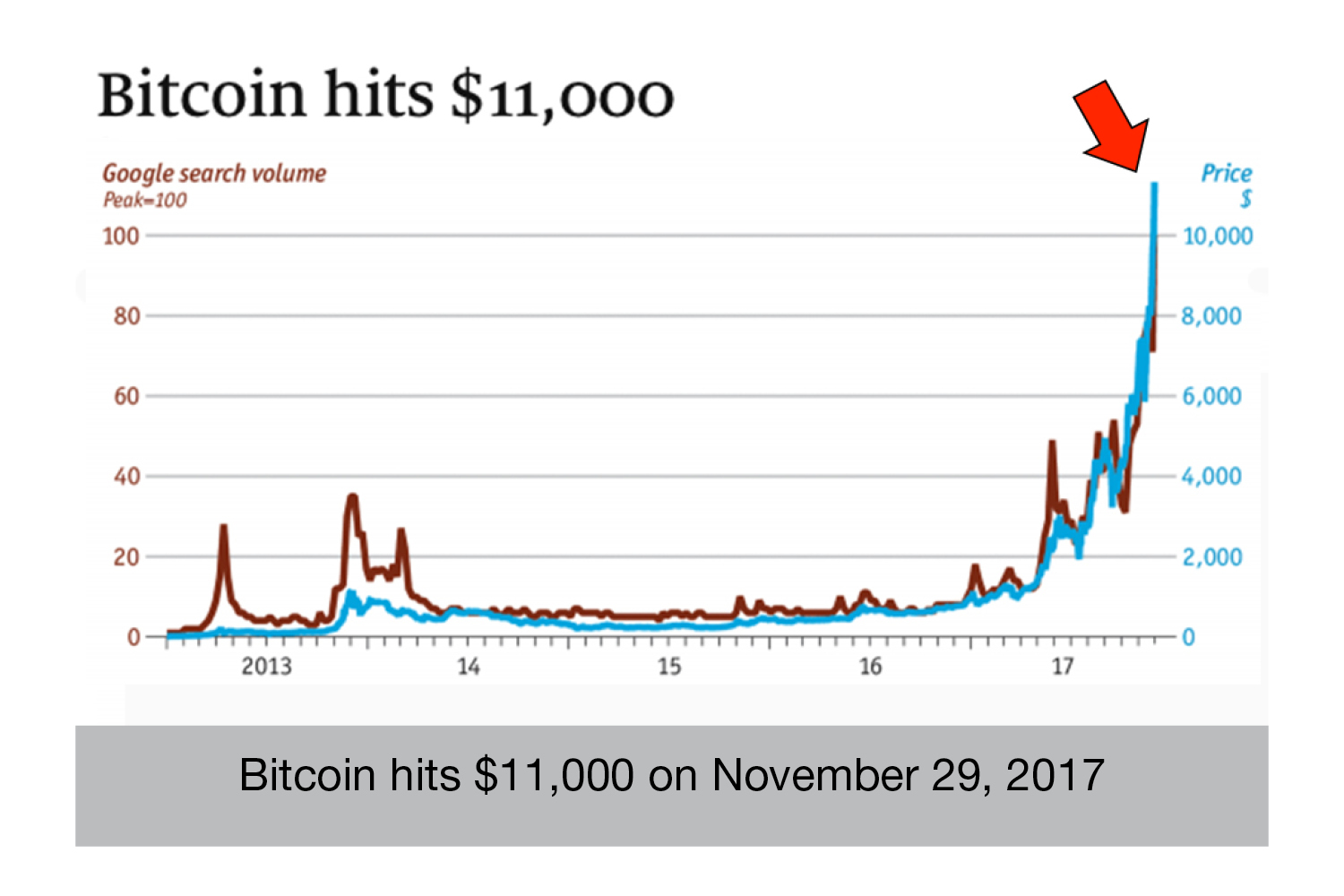

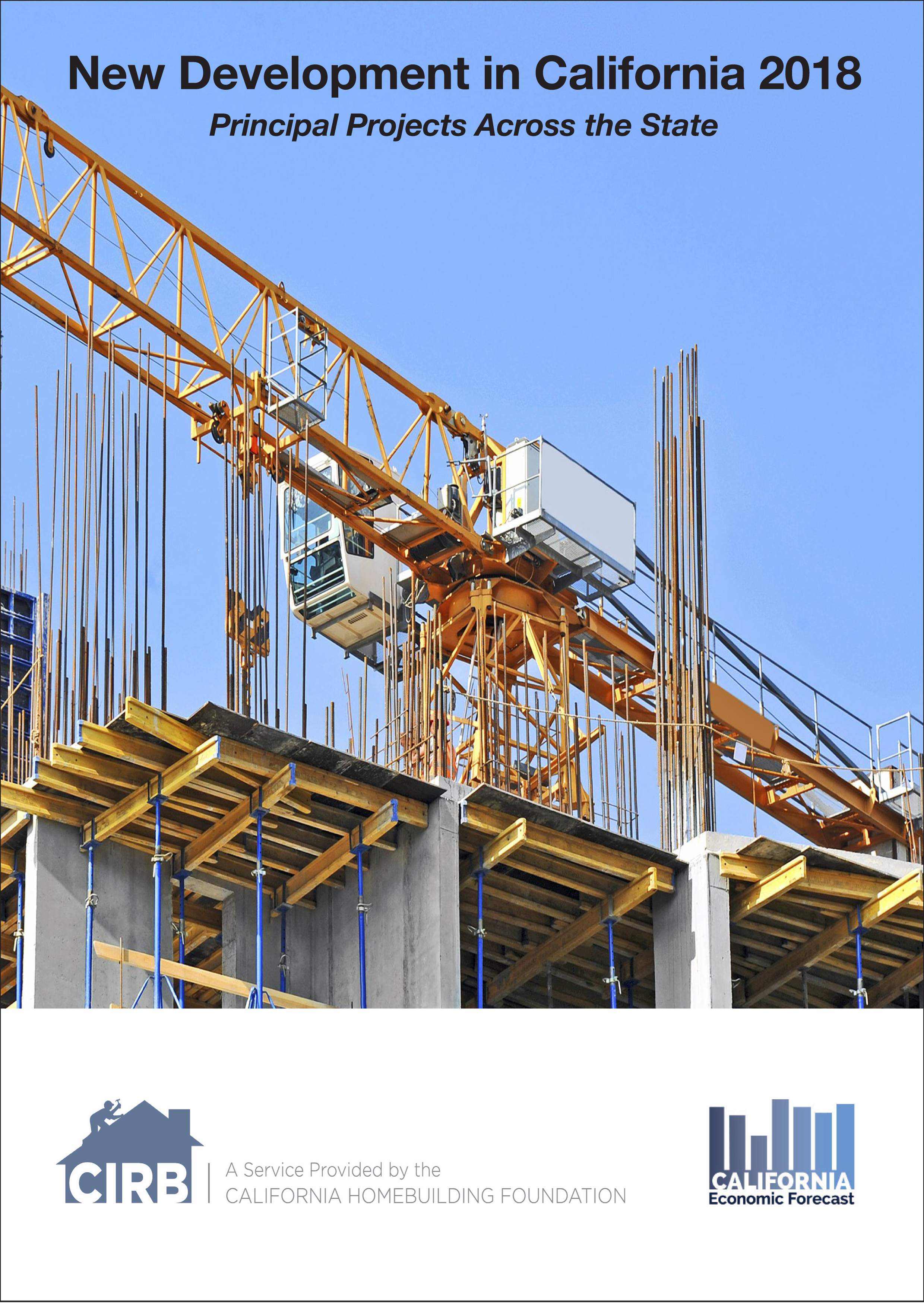
 The maximum corporate tax rate would be cut from 35 to 20 percent. Many business expenses would no longer be deductible, except expenses on R&D, low income housing, and some other miscellaneous expenses. Depreciable asset expenses can be deducted entirely.
The maximum corporate tax rate would be cut from 35 to 20 percent. Many business expenses would no longer be deductible, except expenses on R&D, low income housing, and some other miscellaneous expenses. Depreciable asset expenses can be deducted entirely.

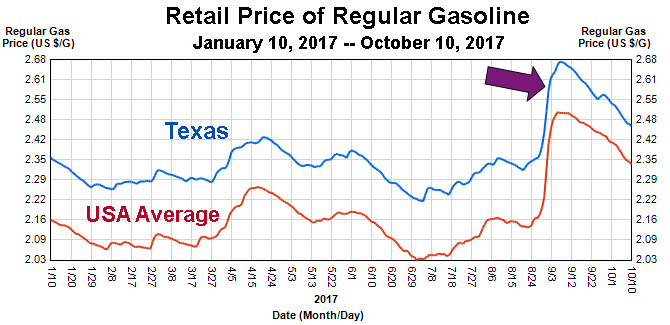
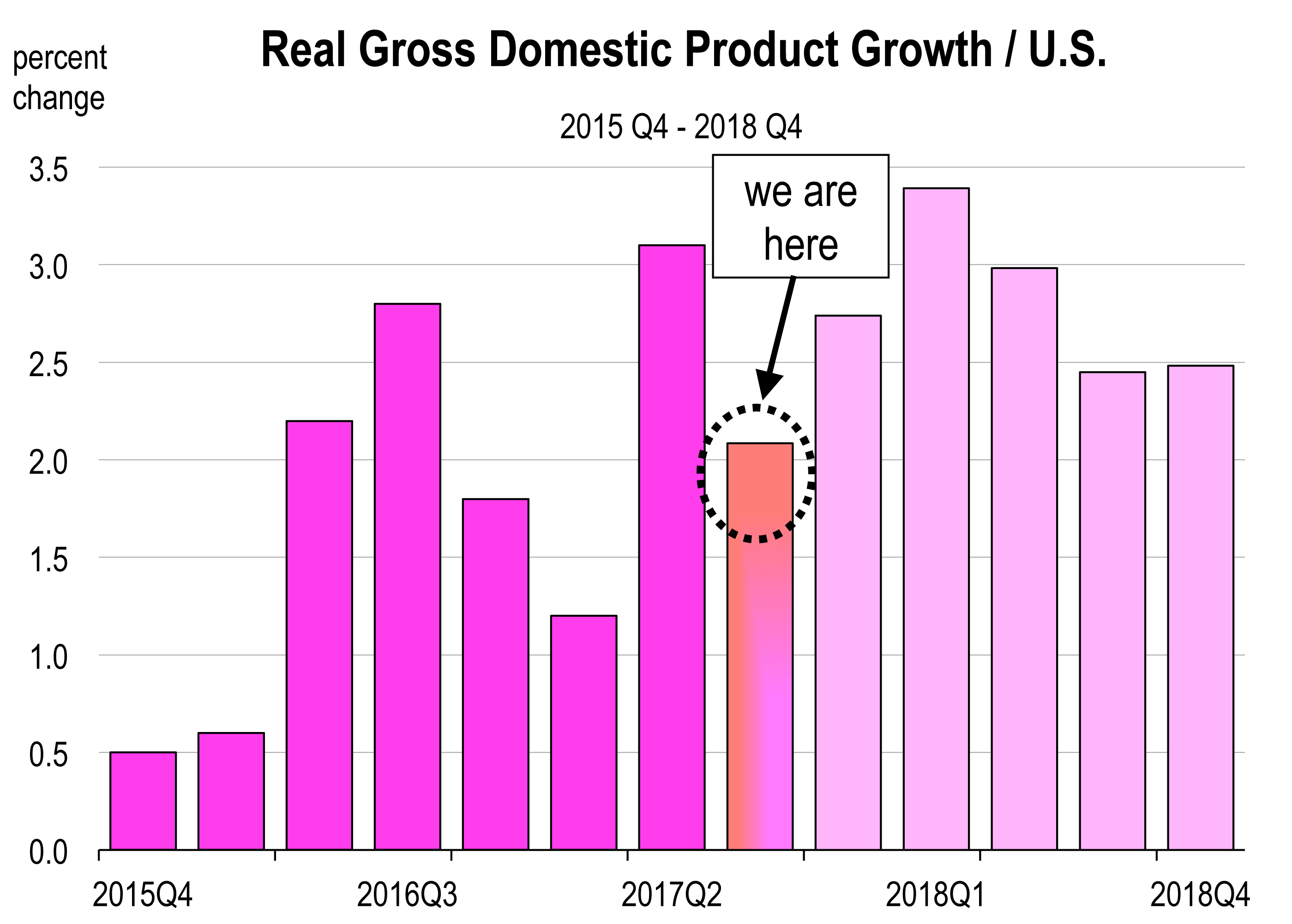 An estimated $20 to $30 billion in economic losses are the immediate impacts resulting from business interruptions, such as idle hotels, closed stores, shutdown refineries, workplaces closed and people unable to go to work, Disneyland, SeaWorld, and Universal Studios—all closed. Spending was therefore curtailed on energy, home buying, car buying, and tourism. There is an estimated 50% to 70% loss of Florida’s citrus crop, valued at $1 billion. The estimate for third quarter GDP is predicted to be ½ percent lower because of the hurricanes. So perhaps a rate of between 1.8% and 2.3% is anticipated.
An estimated $20 to $30 billion in economic losses are the immediate impacts resulting from business interruptions, such as idle hotels, closed stores, shutdown refineries, workplaces closed and people unable to go to work, Disneyland, SeaWorld, and Universal Studios—all closed. Spending was therefore curtailed on energy, home buying, car buying, and tourism. There is an estimated 50% to 70% loss of Florida’s citrus crop, valued at $1 billion. The estimate for third quarter GDP is predicted to be ½ percent lower because of the hurricanes. So perhaps a rate of between 1.8% and 2.3% is anticipated.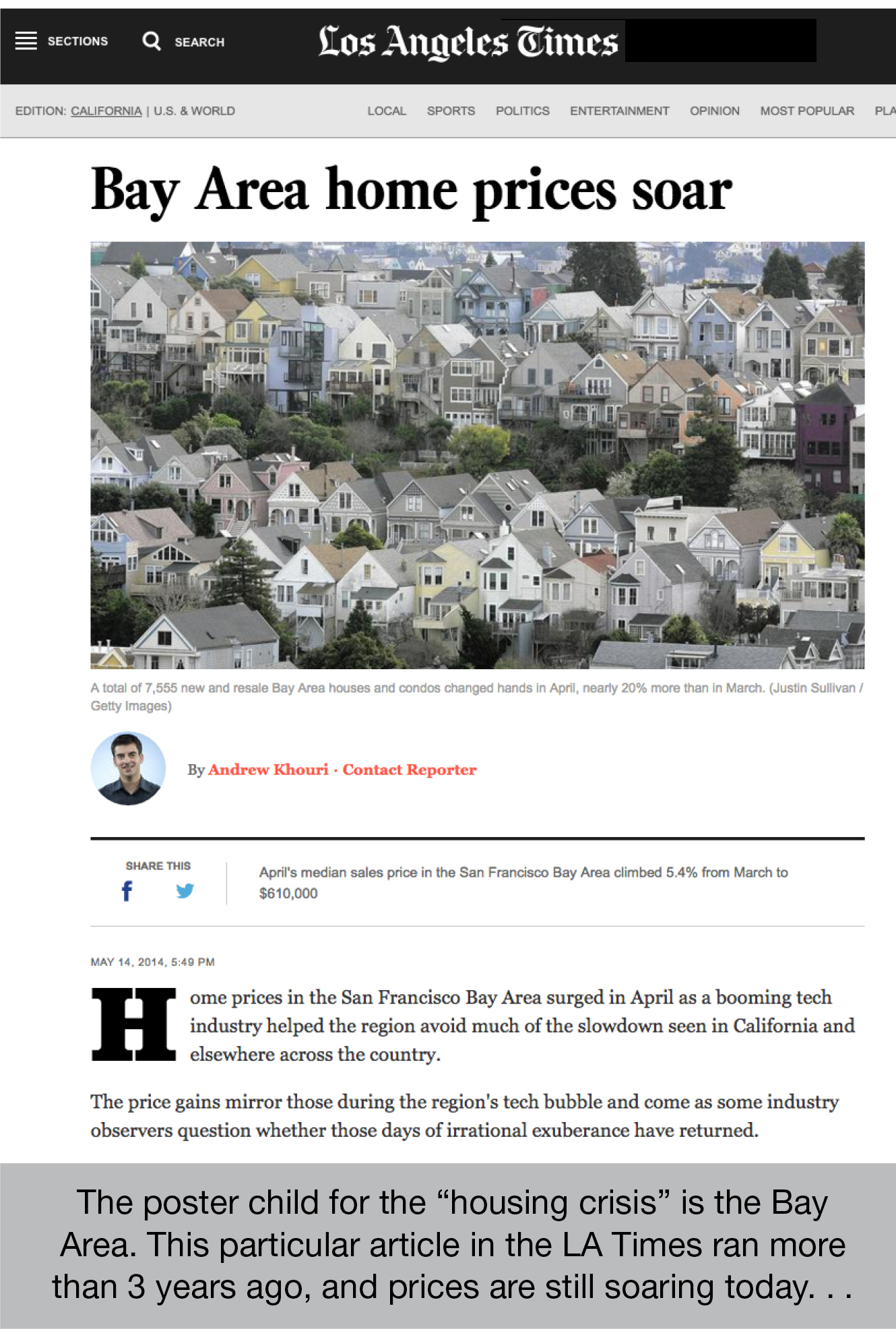


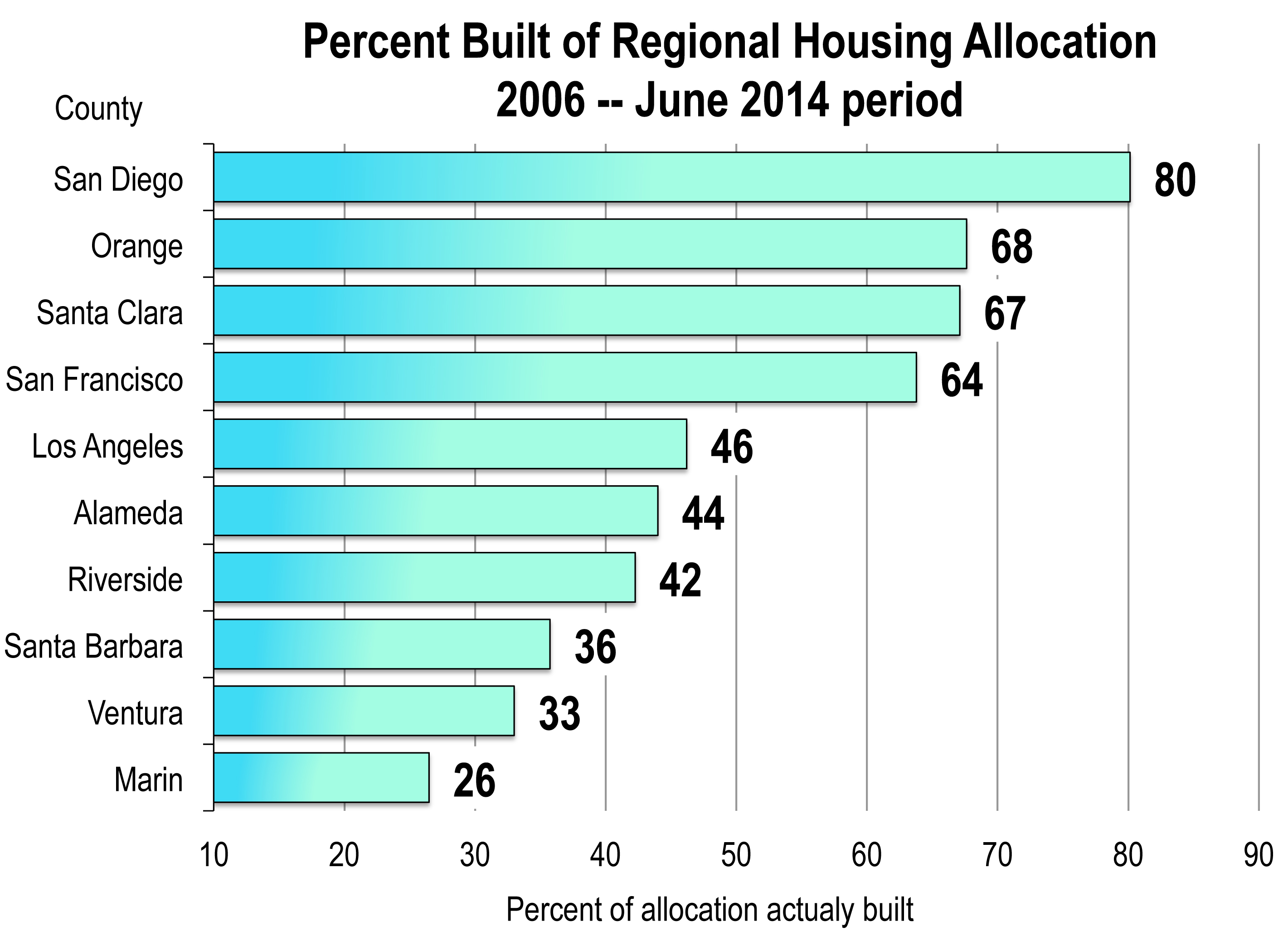
 For the 2014 to 2021 planning period, the RHNA allocation for Southern California is 412,000 housing units, of which 180,000 are in Los Angeles County and 19,000 are in Ventura County. Permitted housing in L.A. County is currently on a pace that could meet the RHNA allocation. However, Ventura County is way behind.
For the 2014 to 2021 planning period, the RHNA allocation for Southern California is 412,000 housing units, of which 180,000 are in Los Angeles County and 19,000 are in Ventura County. Permitted housing in L.A. County is currently on a pace that could meet the RHNA allocation. However, Ventura County is way behind.